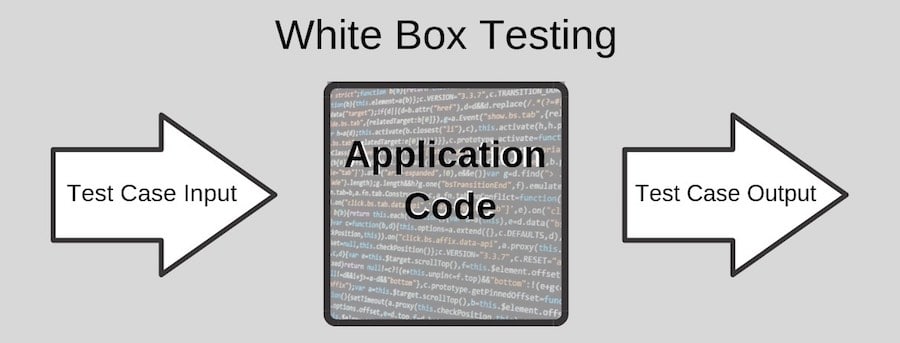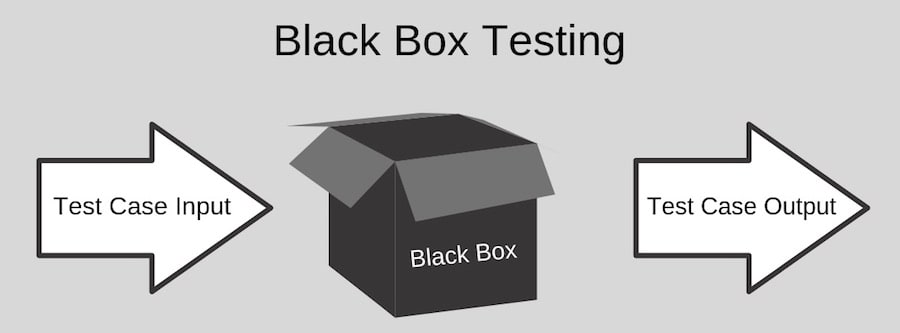Inadequate quality assurance is one of the quickest, surefire ways to ruin a software company’s reputation.
Tiny mistakes hidden in an application’s source code can lead to substantial financial losses. If the errors are severe enough, the company may never recover.
High-profile cases of software being compromised and costing major companies millions make headlines all the time. Starbucks once had to temporarily close more than half of its North American stores due to a POS system failure. Nissan once had to recall more than a million cars due to an airbag sensor fault that turned out to be a software failure.
For a multi-billion-dollar global organization, rebounding from a major software issue is genuinely challenging. For a smaller company, it could simply be a challenge too great to meet.
This is why any organization that releases software needs to be deeply familiar with software testing. Testing identifies errors, gaps, and missing requirements in application code. This gives software development teams the ability to fix the mistakes before release.
Two primary methods for testing software are white box and black box tests. These testing methods have different strengths and weaknesses. Each one is designed to address particular issues and offers quality assurance insight into the causes of software problems.

White Box Testing
White box testing is also called structural testing. Some developers call it transparent box testing or glass box testing.
White box testing techniques focus on systematically inspecting the source code of an application. Developers can automate white box testing in order to efficiently resolve faulty lines of code before the development process advances.
The primary objective of white box testing is to verify the quality of the application code. Since the system’s internal structure is known, developers can pinpoint where errors come from. For instance, poorly defined variables or inaccurate call functions are relatively easy to find in a properly configured white box test.
The white box tester needs to be a software engineer who thoroughly understands the desired outcome of the application being tested. Even with best-in-class automation tools in place, it can still be an exhaustive and time-consuming experience. Automated testing may not work if the application’s code base changes rapidly.
An example of white box testing techniques include:
- Statement Coverage: This testing technique verifies whether every line of code executes at least once.
- Branch Coverage: This testing technique verifies whether every branch executes at least once.
- Path Coverage: This testing technique inspects all of the paths described by the program.
One of the drawbacks to white box testing is that it exposes code. Developers who outsource testing run the risk of having their code stolen. Developers should only trust reputable experts with a long track record of white box testing.

White box testing diagram
Black Box Testing
Black box testing is also called functional testing or data-driven testing. The object of this approach is to check program functionality.
Programming knowledge is not needed to conduct black box testing. Software esters are human users who navigate the application interface. The application passes or fails the test based on its usability, not on the quality of its code.
Since black box testers do not know how the program works, their concerns reflect those of regular users. This testing method is based on trial and error.
Programmers may not predict the particular path a black box tester may choose, which will result in errors. The programmer will then need to inspect the code to find the cause of the failure.
Black box testing is well-suited for large code segments that have clear-cut functionality. It is ideal for outsourced testing because it allows low-skilled testers to complete valuable work. Since the code is not exposed, there is no risk of intellectual property theft.
There are multiple black box testing methods, and most of them focus on testing inputs:
- Equivalence Partitioning reduces huge sets of potential inputs to small, representative test cases. It is ideal for creating test cases.
- Boundary Value Analysis looks for extreme input values that generate errors. Testers look for the boundaries of input values and report them.
- Cause-Effect Graphing uses a graph to identify input values that generate errors. It is ideal for multivariate input types.

When to Use White Box vs. Black Box Testing
White box testing does not require a complete user interface. This makes it preferable when programmers wish to test early application builds. It offers a fast, thorough way to test every path in a program. This ensures the code is good – but doesn’t guarantee it does what users want it to do.
White box testing does not separate the program and the testing environment. Sometimes updates can break source code. This can be an additional strain on developer time.
This makes white box testing a good choice during development. When small parts of a program need to be verified, white box testing makes it an easy in-house task. As the release date nears, white box testing gives way to black box testing.
Black box testing is best-suited to completed programs. A large team testing a program right before release can identify user experience problems at the last minute. Test cases are easy to make, and programmers can respond quickly to them.
It is important to carefully organize black box testing scenarios. Test outcomes may be difficult to reproduce. Tests can become redundant. Even in the best situations, testing rarely covers all software paths.
Since black box testers do not need to be highly skilled, programmers can scale up testing as the release date nears. This gives software companies the best chance of enhancing the end user experience while releasing a robust final product.
In Summary
Ultimately, each type of testing is best-suited to particular situations. Test engineers often use a combination of white box and black box testing to address different errors. And, testing may occur at different phases in the development cycle.
Whatever version or combination you choose to run, a proper testing process is crucial for software quality assurance.
All these tests may feel like a lot now, but in the long run, it will save you both time and money.
One day, it may protect your company from an embarrassing public incident.



